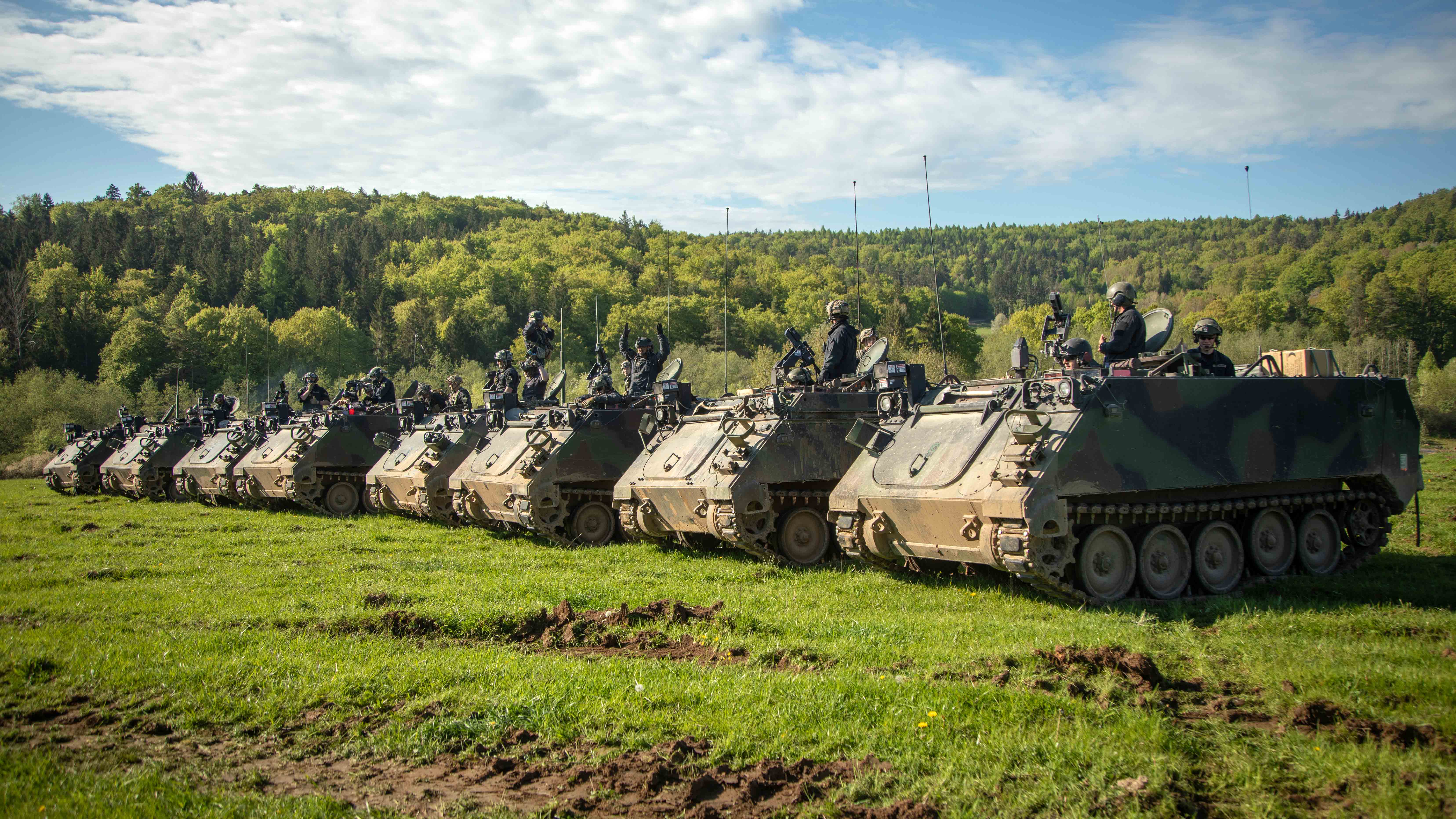Army Modernization Stays ‘On Track’
Army Modernization Stays ‘On Track’

The Army is pushing ahead on its modernization and transformation for 2030 and 2040, a panel of senior leaders said.
“I believe that Army modernization is on track,” said Gen. James Rainey, commanding general of Army Futures Command. “As we deliver Army 2030 and design Army 2040, Army Futures Command is … transforming the Army to ensure war-winning future readiness, and modernization is an essential part of that.”
The Army is “progressing through the most significant transformation in almost half a century,” said Lt. Gen. Erik Peterson, deputy Army chief of staff for resources and plans, G-8.
This year alone, the Army plans to field or deliver prototypes for 24 signature modernization systems, including long-range hypersonic missiles, medium-range missiles, the Precision Strike Missile, Mobile Protected Firepower, the Maneuver Short-Range Air Defense System and the Next Generation Squad Weapon.
Rainey, Peterson and Douglas Bush, assistant Army secretary for acquisition, logistics and technology, testified April 26 before the House Armed Services subcommittee on tactical air and land forces.
Just over one-fifth of the Army’s fiscal 2024 budget request, or about $38.85 billion, is dedicated to research and development and procurement, Bush told lawmakers. “We were able to maintain all of our acquisition priority modernization programs on track … while also maintaining healthy … production lines,” Bush said. “That’s always a difficult balance, so I think [fiscal] ‘24 is very solid.”
In particular, the Army’s budget request demonstrates its commitment to “modern equipment” and “technologies and systems necessary to build the Army of 2030,” Bush said. The fiscal 2024 budget “represents our sustained commitment to our key modernization portfolios—long-range precision fires, next-generation combat vehicles, Future Vertical Lift, the network, air and missile defense and soldier lethality,” he said.
This technology will be especially key as the Army prepares for conflict in the Indo-Pacific. “This year's budget request fully recognizes the Army's role in the Pacific,” Bush said. “It supports requirements in the Indo-Pacific theater by prioritizing investments in long-range precision fires, air and missile defense and sensing capabilities.”
In response to potential threats from China and other nations, the Army is doubling down on linking its offensive and defensive fires, Rainey said. The Indo-Pacific is “our priority,” he said.
“Presenting the Chinese with multiple dilemmas in long-range fires, I think, is absolutely essential,” Rainey said. “I think it's one of the things the Army is really making progress on.”
The Army must keep up its modernization momentum. “We need to approach 2040 with a sense of urgency now,” Rainey said. “Transforming the Army to ensure war-winning future readiness … is the best guarantee that our successful materiel modernization efforts will produce lethal formations that will deter our enemies, and, if required, dominate the land domain in conflict.”

